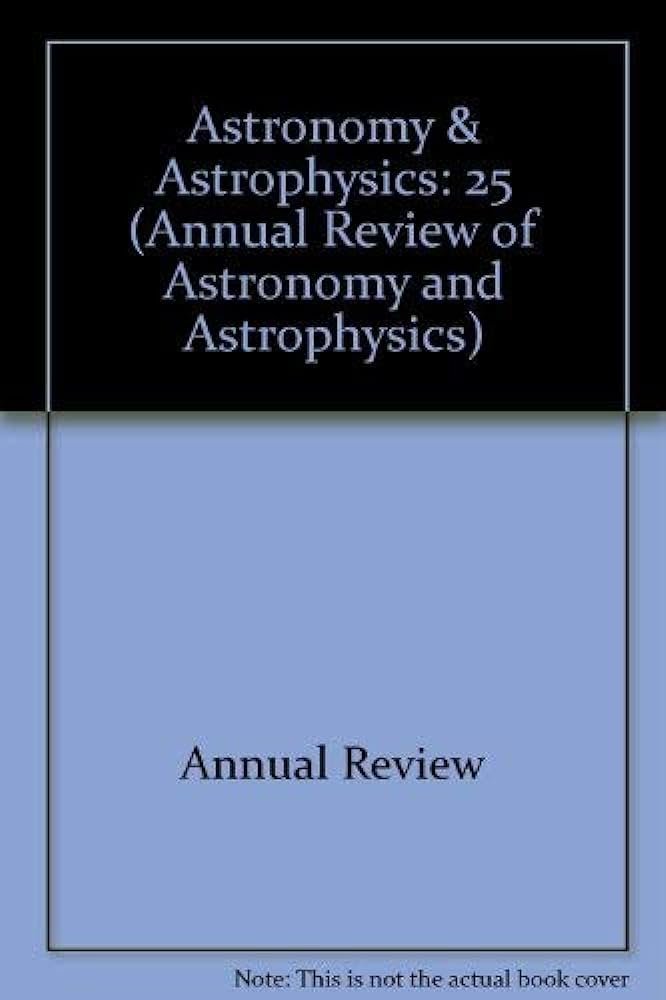Solar Flare Spectroscopy
IF 32.5
1区 物理与天体物理
Q1 ASTRONOMY & ASTROPHYSICS
Annual Review of Astronomy and Astrophysics
Pub Date : 2024-09-13
DOI:10.1146/annurev-astro-052920-010547
引用次数: 0
Abstract
This review covers the techniques, observations, and inferences of solar flare spectroscopy. It is not a spectroscopist's view of solar flares but rather a solar flare physicist's view of spectroscopy. Spectroscopy is carried out across the electromagnetic spectrum, but this review emphasizes the optical to soft X-ray part of the spectrum and discusses results from spectroscopy applied to the preflare, impulsive, and gradual phases, as well as a few highlights from modeling. ▪ The main spectroscopic signatures of the preflare phase are line broadening in optically thin ultraviolet to soft X-ray lines and small Doppler shifts in active region filaments that are becoming unstable. ▪ In the impulsive phase, fast upflows of heated plasma into the corona and slow downflows of cooler chromospheric plasma take place at the sites of strong chromospheric energy deposition. ▪ Radiation-hydrodynamic modeling of optically thick spectral lines gives a picture of an impulsive-phase chromosphere with a dense, heated layer deep in the atmosphere and an overlying, downward moving condensation that is partially optically thin. ▪ Gradual-phase observations show us the heated coronal plasma cooling and draining but also provide evidence for ongoing slow energy input and slow upflows in other locations. ▪ Interesting hints of non-Maxwellian and nonequilibrium plasmas have been found, along with possible evidence of plasma turbulence from line broadening.太阳耀斑光谱学
这篇综述涵盖了太阳耀斑光谱学的技术、观测和推论。这不是光谱学家对太阳耀斑的看法,而是太阳耀斑物理学家对光谱学的看法。光谱学是在整个电磁波谱中进行的,但本综述强调光谱中的光学到软 X 射线部分,并讨论了应用于耀斑前、脉冲和渐变阶段的光谱学结果,以及建模中的一些亮点。预辉阶段的主要光谱特征是光学薄紫外线到软 X 射线的线宽,以及正在变得不稳定的活动区细丝的小多普勒偏移。在脉冲阶段,在色球层能量强沉积的位置,加热的等离子体快速上流向日冕,较冷的色球层等离子体缓慢下流。光学厚谱线的辐射-流体动力学模型给出了一幅冲动相色球的图景,大气深处有一个致密的受热层,上覆的向下运动的凝结层部分是光学薄层。渐变相观测向我们展示了受热日冕等离子体的冷却和排水过程,但也提供了其他位置持续缓慢的能量输入和缓慢上溢的证据。发现了非麦克斯韦等离子体和非平衡等离子体的有趣迹象,以及等离子体湍流的可能证据。
本文章由计算机程序翻译,如有差异,请以英文原文为准。
求助全文
约1分钟内获得全文
求助全文
来源期刊

Annual Review of Astronomy and Astrophysics
地学天文-天文与天体物理
CiteScore
54.80
自引率
0.60%
发文量
14
期刊介绍:
The Annual Review of Astronomy and Astrophysics is covers significant developments in the field of astronomy and astrophysics including:The Sun,Solar system and extrasolar planets,Stars,Interstellar medium,Galaxy and galaxies,Active galactic nuclei,Cosmology,Instrumentation and techniques,
History of the development of new areas of research.
 求助内容:
求助内容: 应助结果提醒方式:
应助结果提醒方式:


